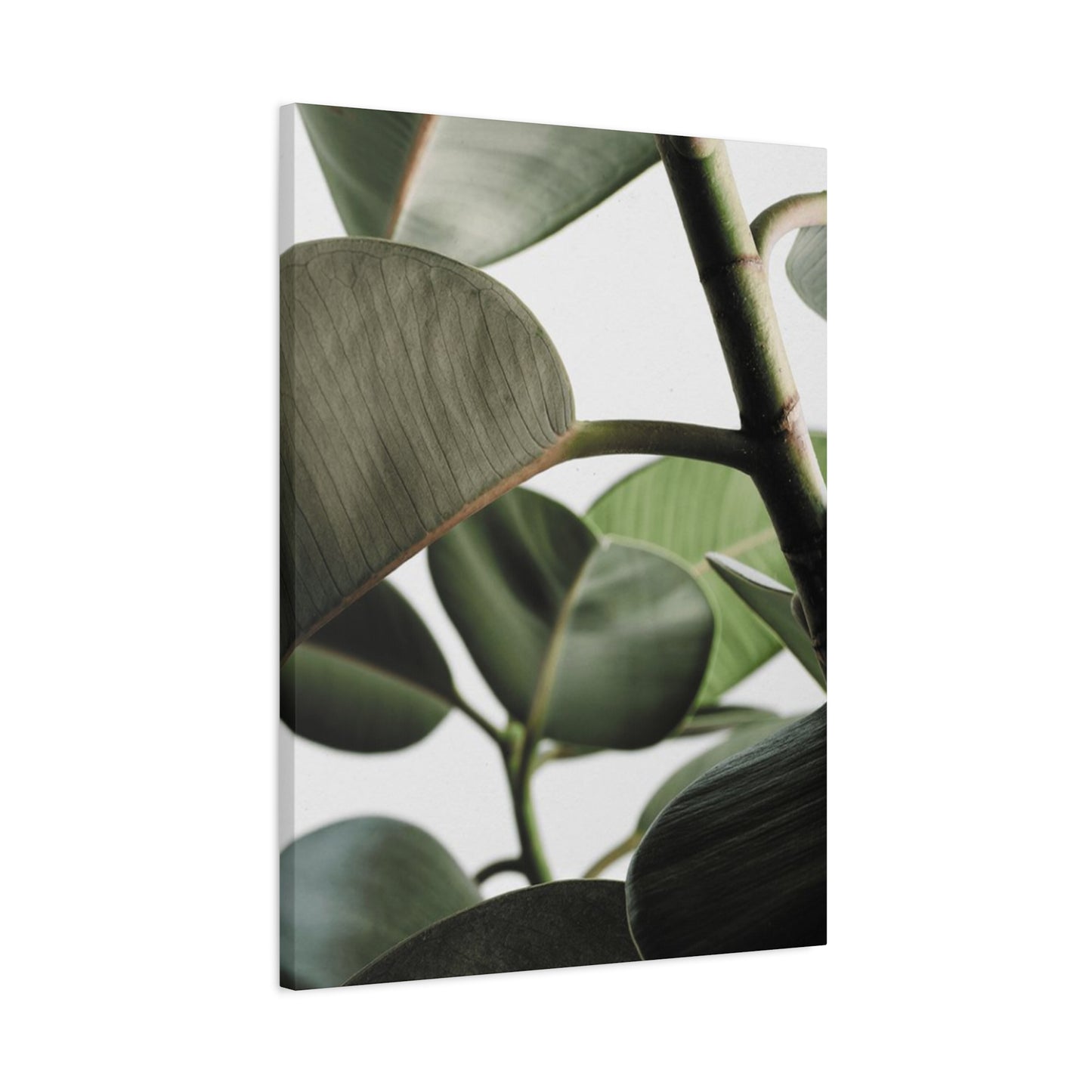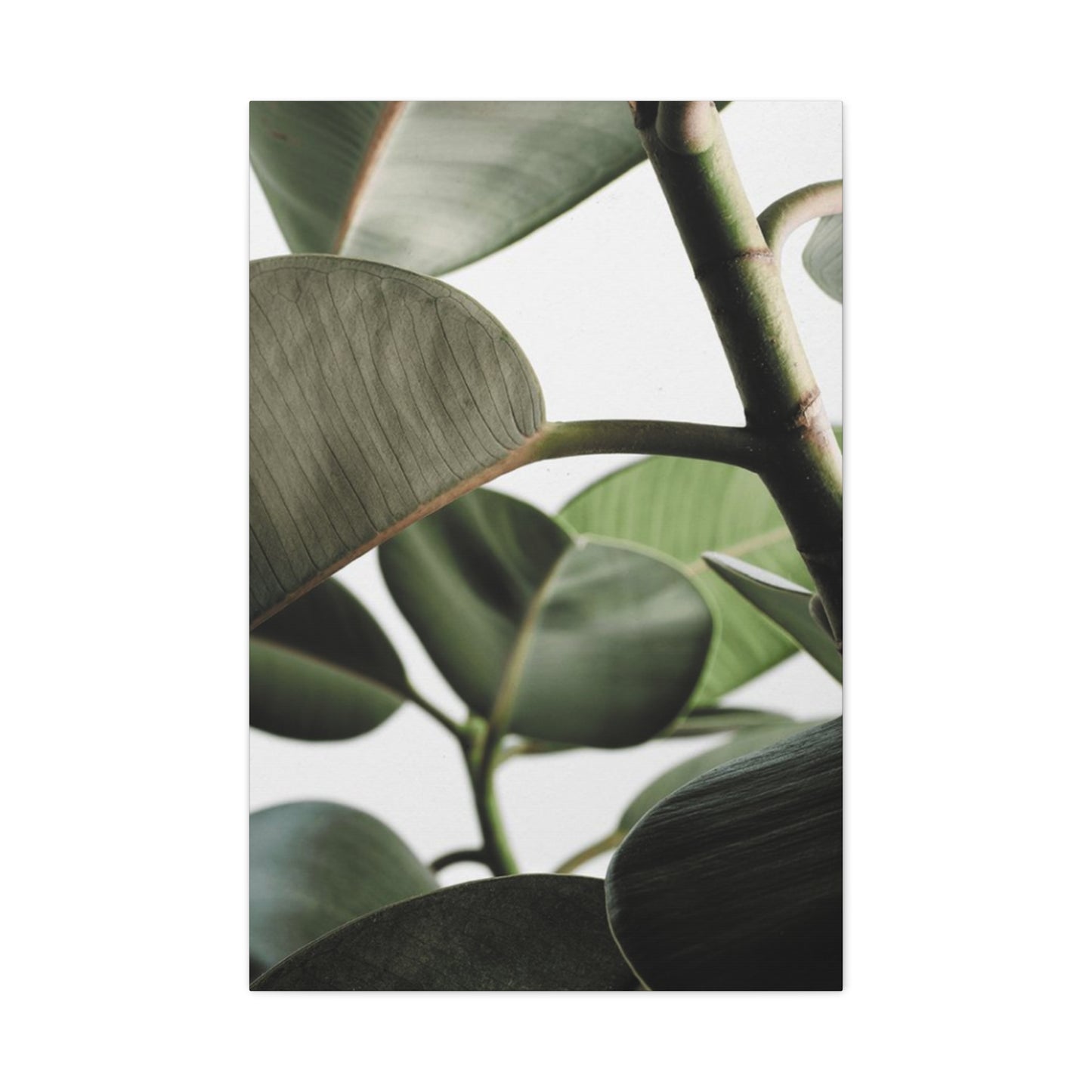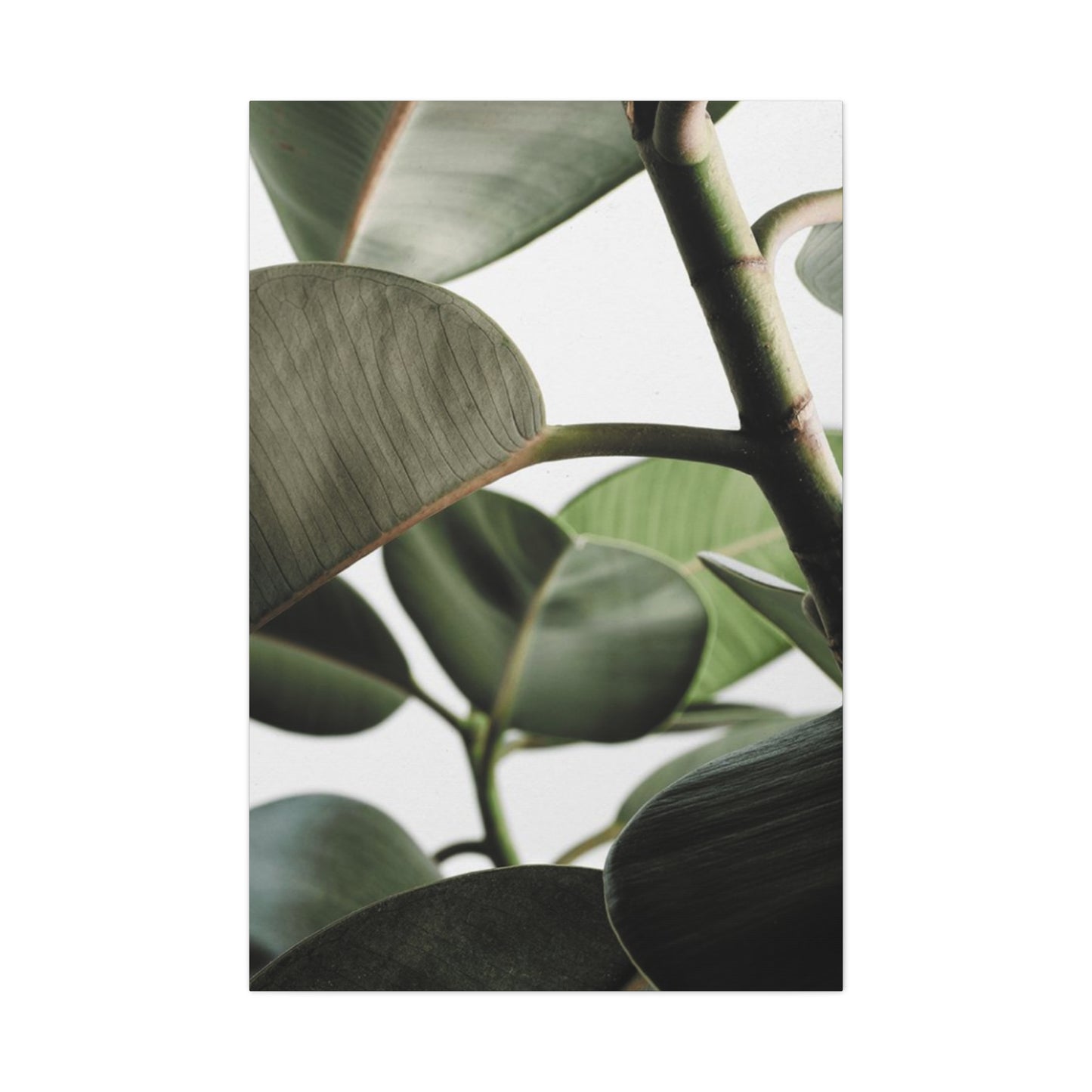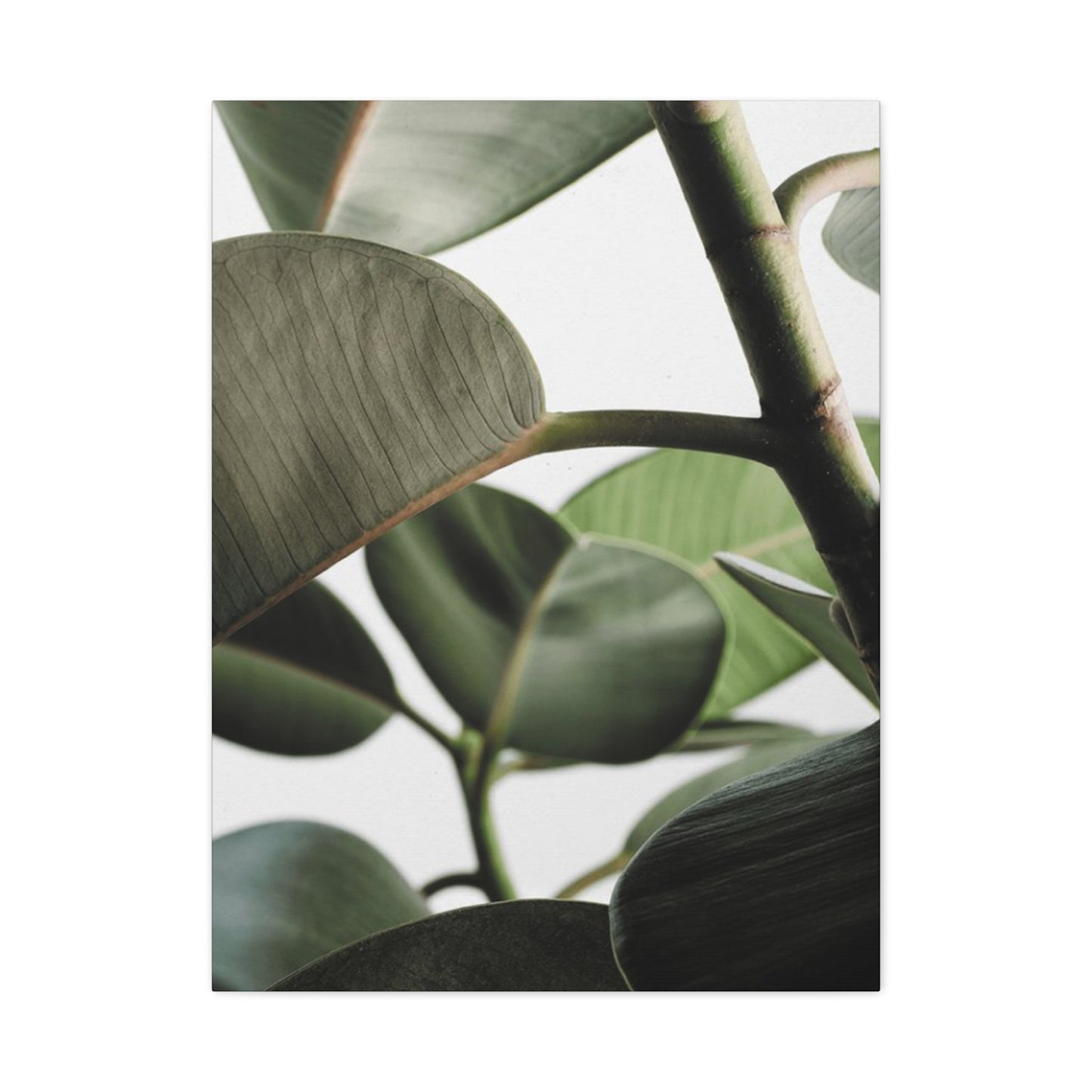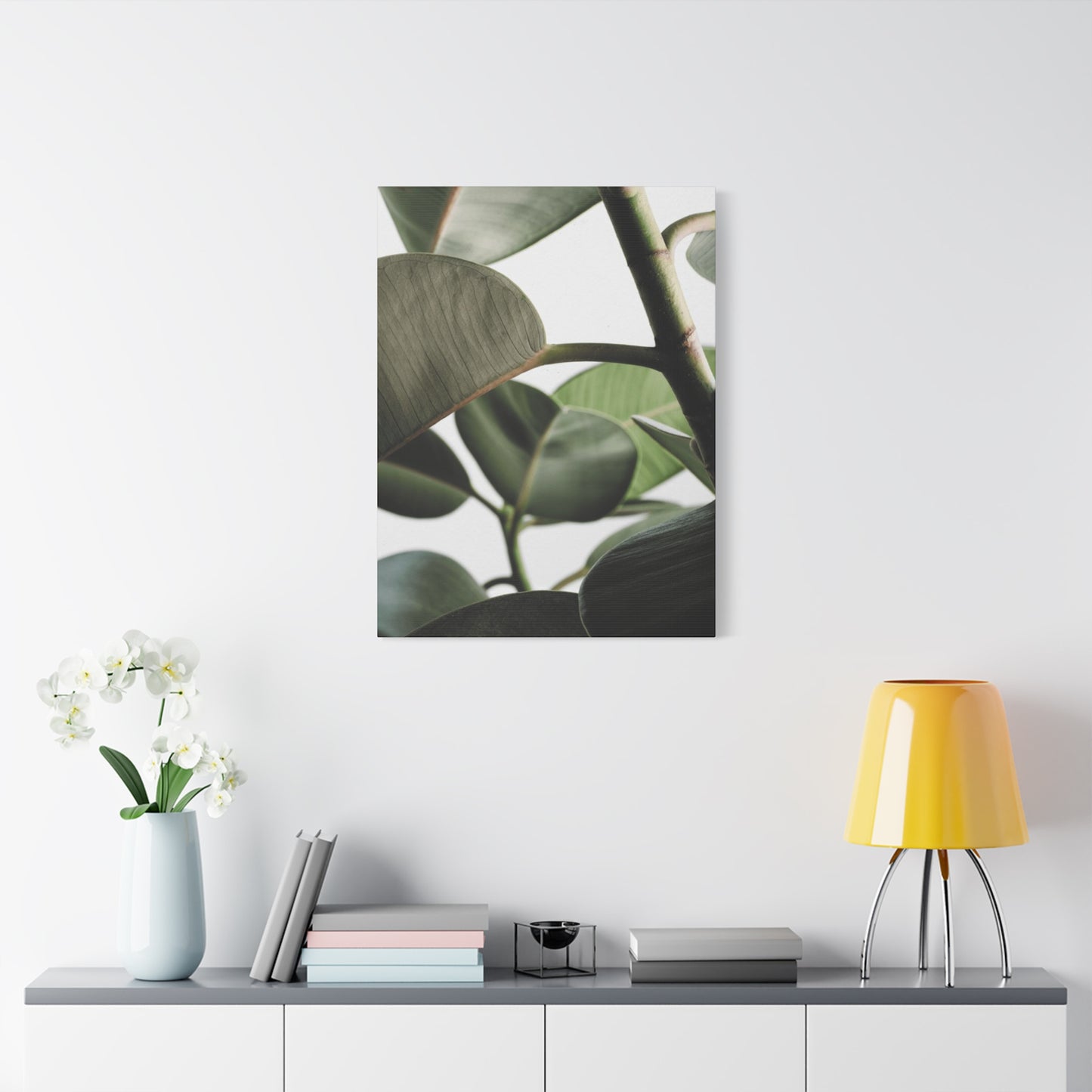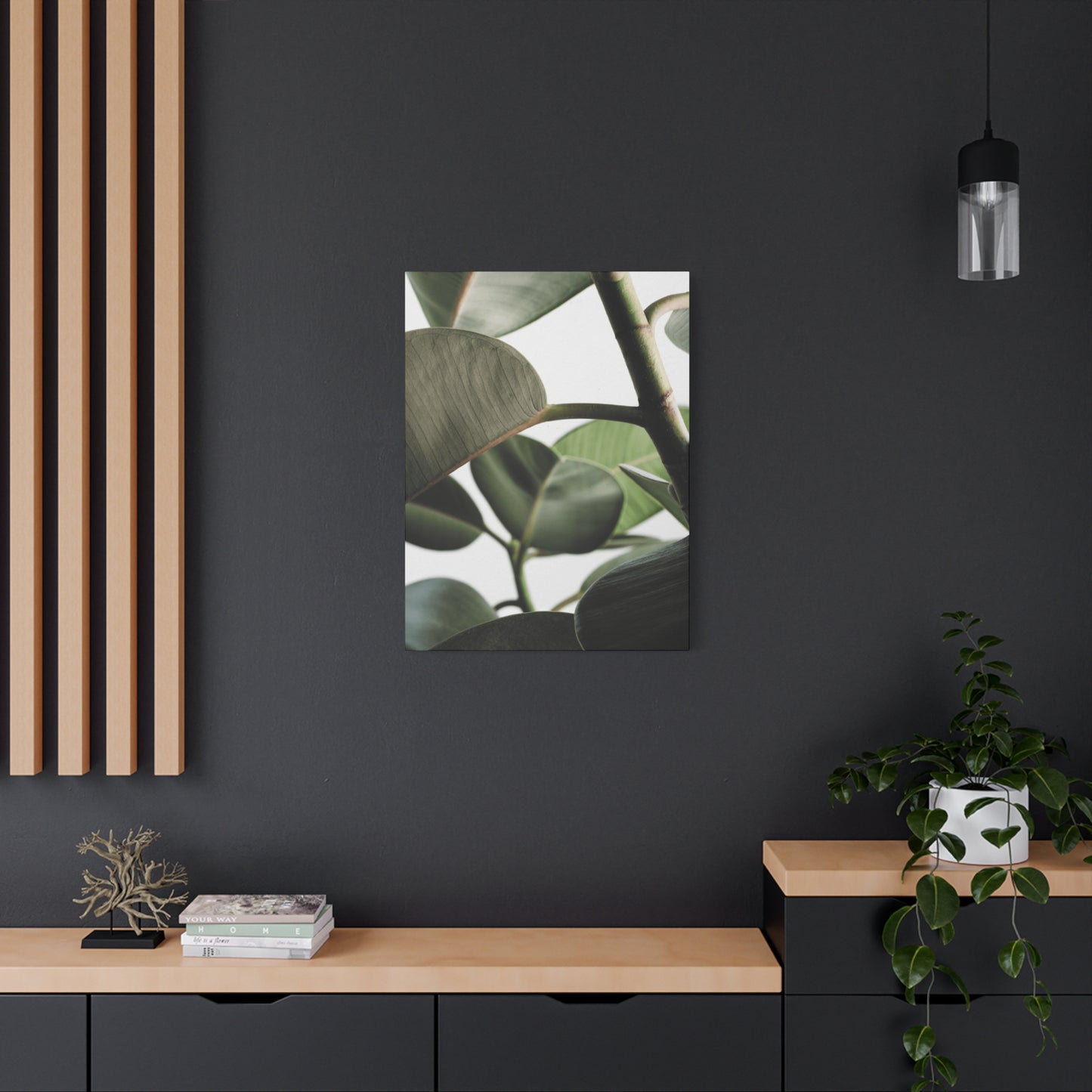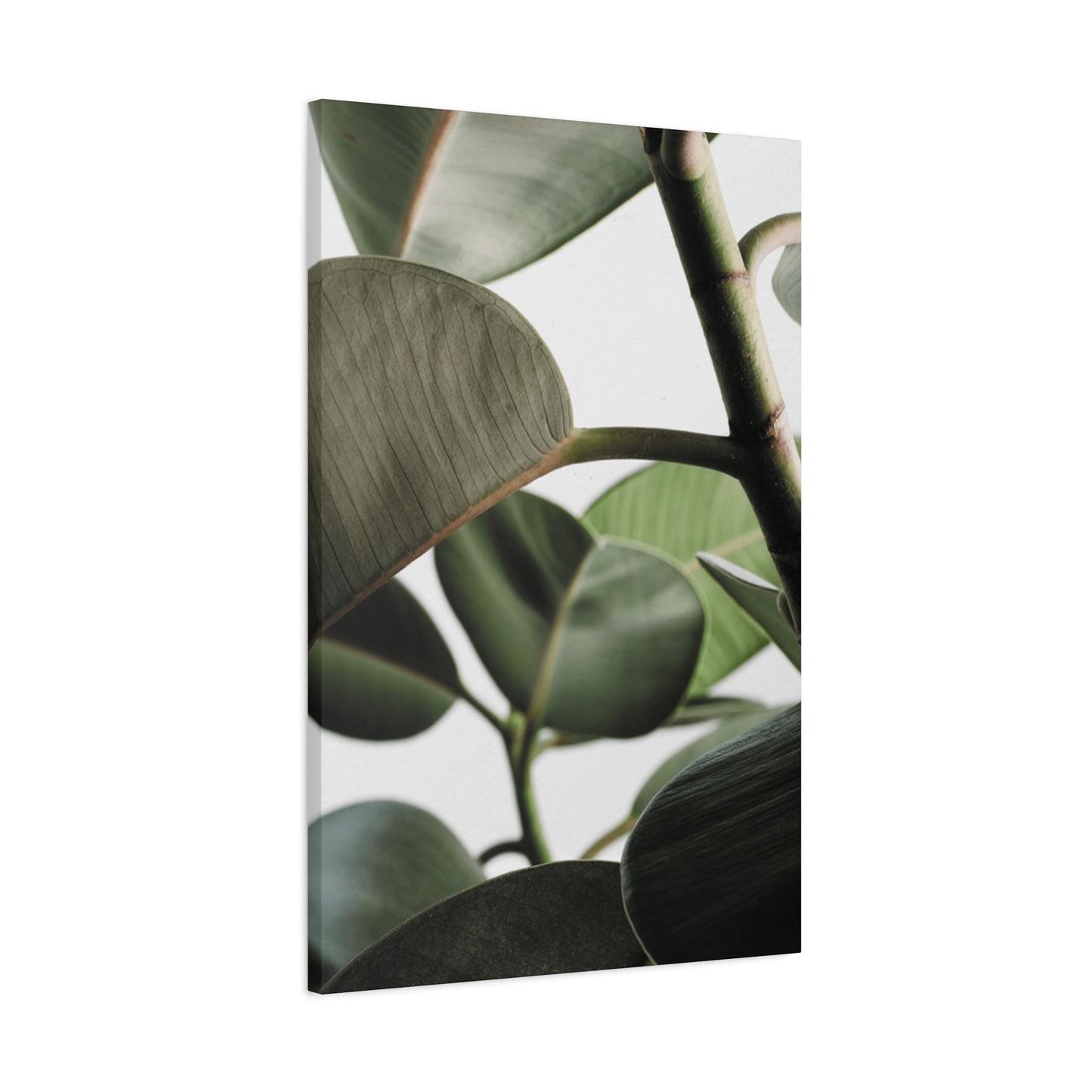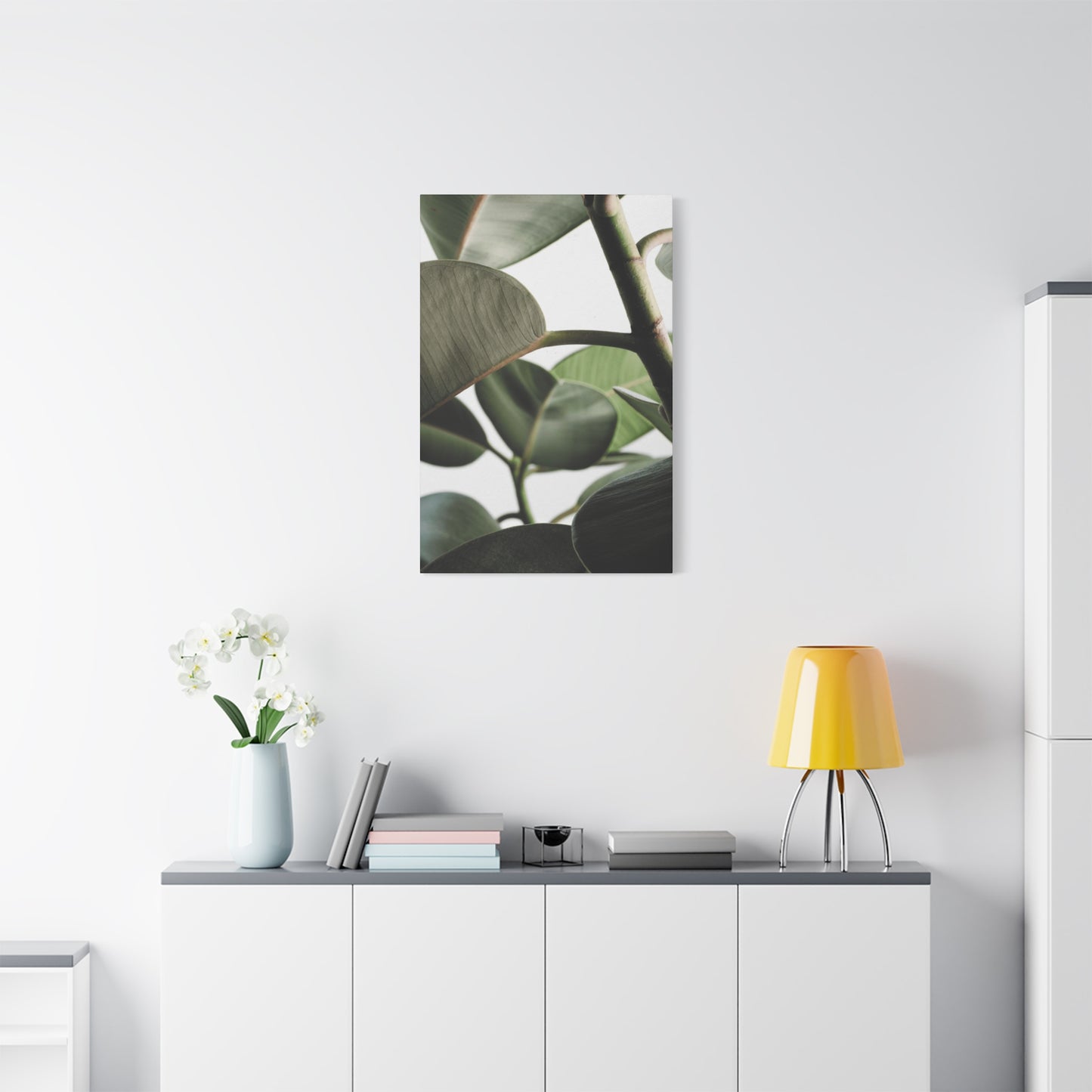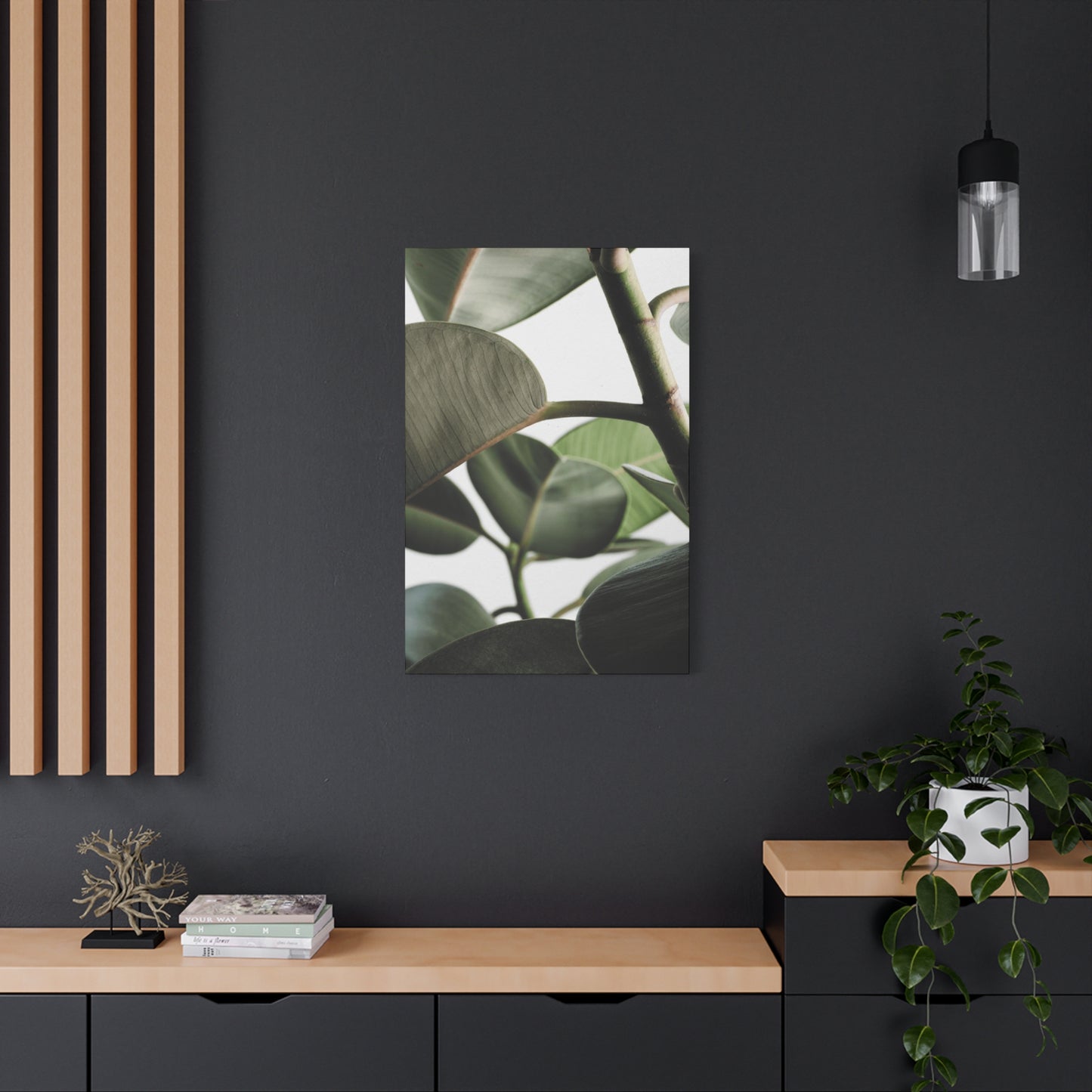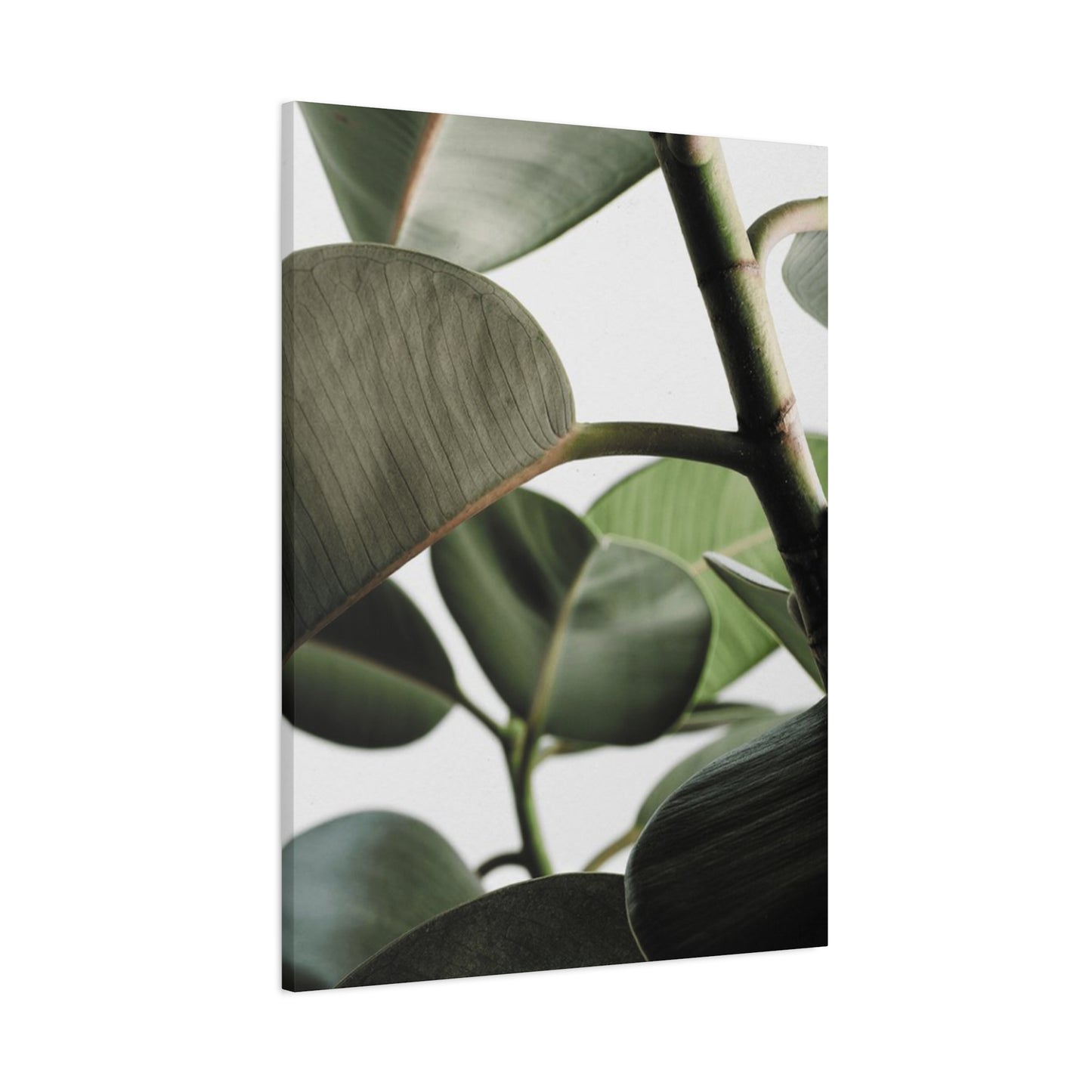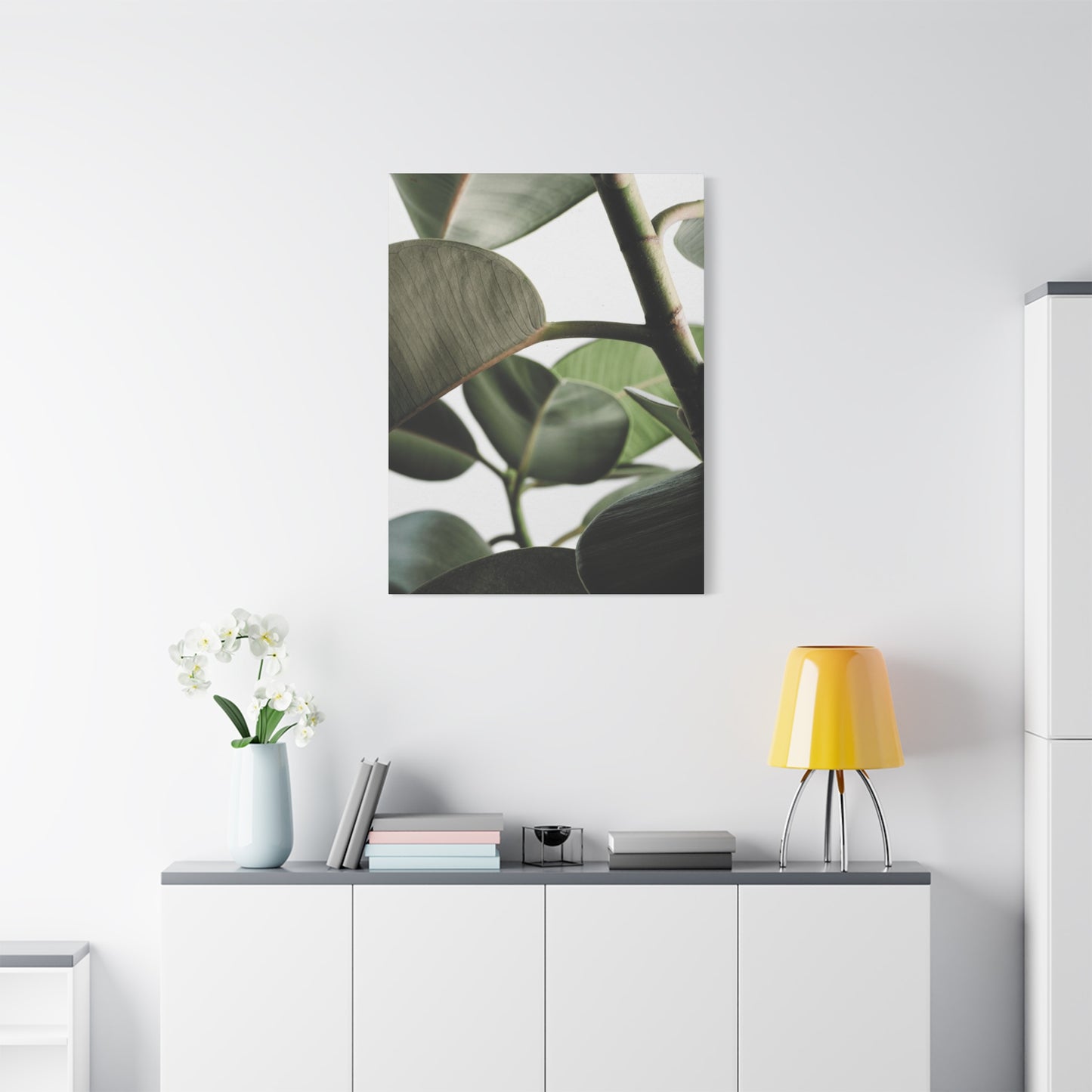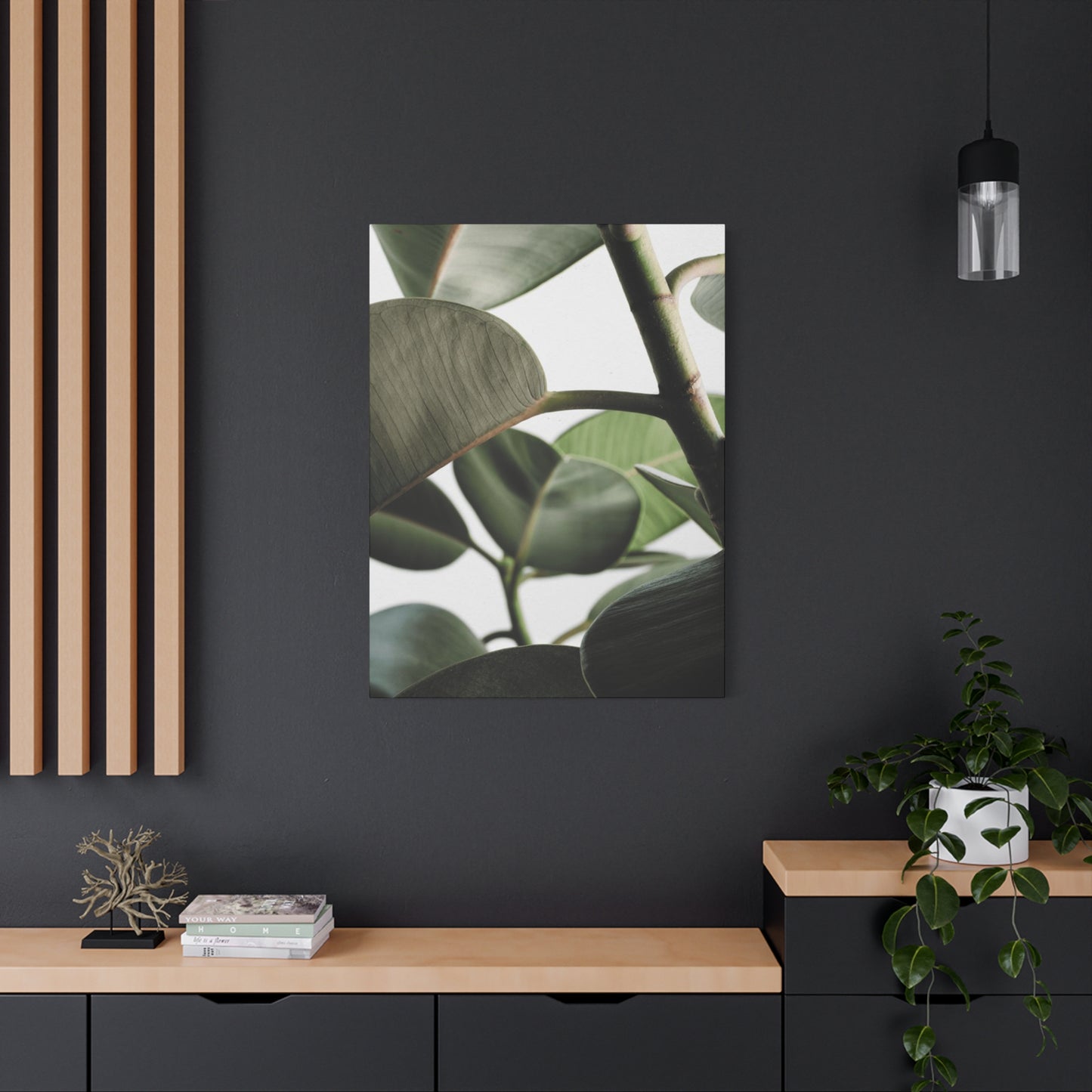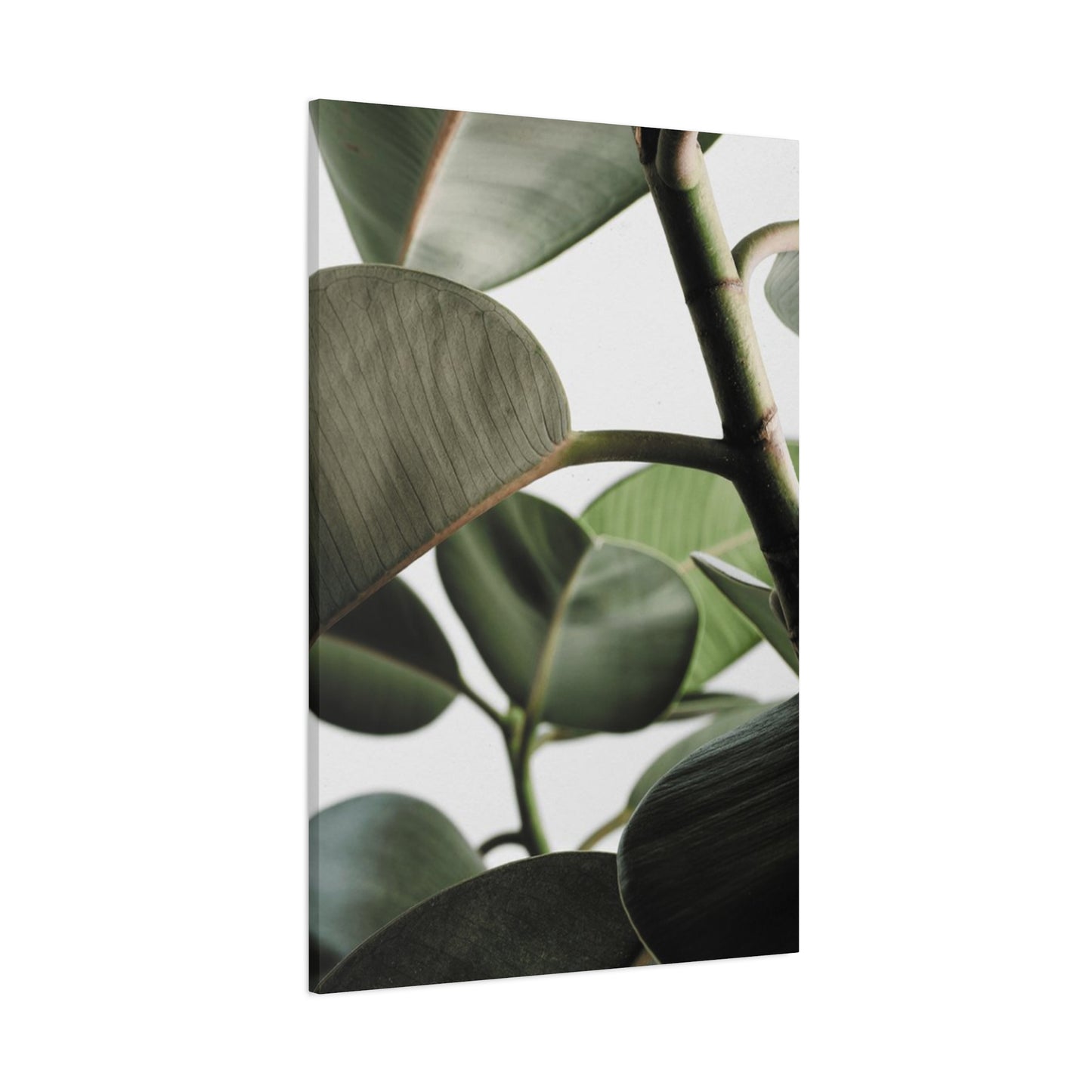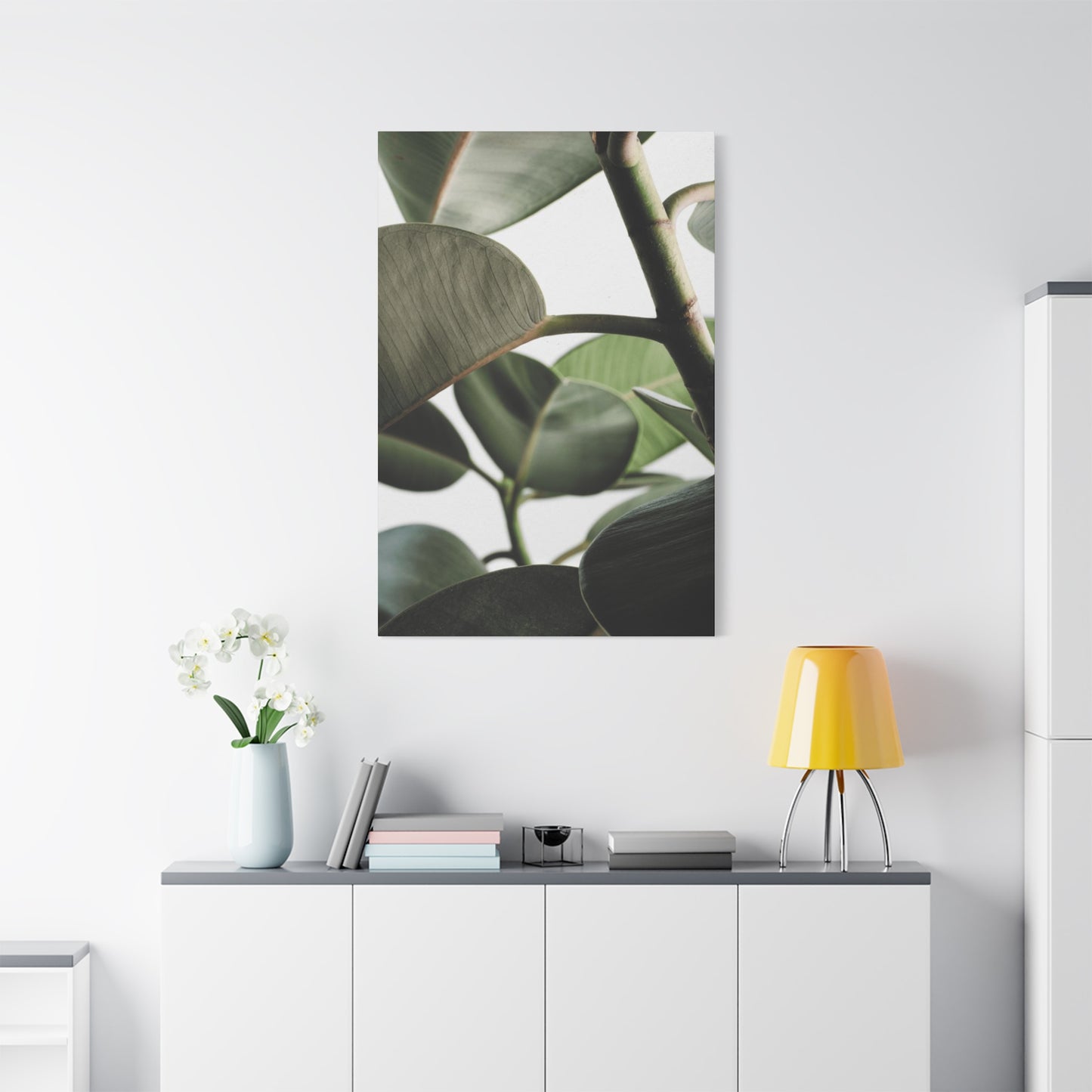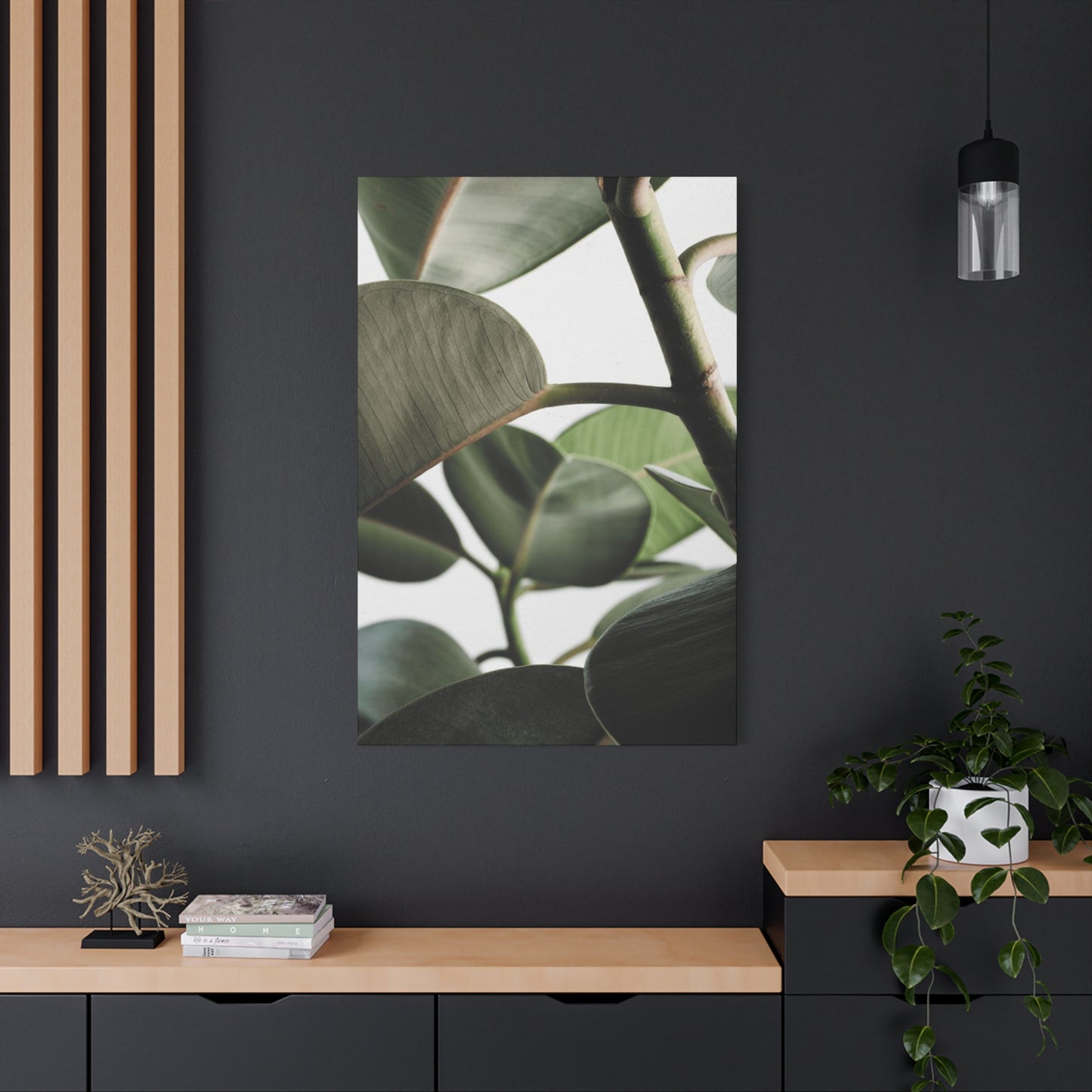The Complete Guide to Olive Green Plant Photo Wall Art: Bringing Natural Serenity to Modern Interiors
The modern interior design landscape has witnessed a remarkable shift toward incorporating natural elements into living spaces, and olive green plant photo wall art canvas prints have emerged as one of the most sought-after decorative choices for homeowners and interior designers alike. This growing trend reflects a deeper human desire to reconnect with nature, especially in urban environments where green spaces are becoming increasingly scarce. Botanical artwork serves as a bridge between indoor comfort and outdoor serenity, creating environments that promote wellness, reduce stress, and enhance overall quality of life.
The popularity of olive green plant photography on canvas has surged dramatically over recent years, driven by several factors including the minimalist design movement, biophilic design principles, and the growing awareness of mental health benefits associated with nature-inspired interiors. These canvas prints offer an accessible way for people to introduce botanical elements into their homes without the maintenance requirements of live plants. The sophisticated olive green color palette appeals to those seeking subtle elegance rather than bold, overwhelming statements, making these pieces versatile enough to complement various design aesthetics from Scandinavian minimalism to rustic farmhouse and modern contemporary styles.
Canvas prints featuring olive green plant photography have become particularly appealing because they capture the intricate details of foliage, stems, and natural patterns in ways that celebrate the beauty of simplicity. The muted green tones create a calming atmosphere that doesn't compete with other design elements but rather enhances the overall ambiance of a room. This type of wall art works exceptionally well in spaces where people seek relaxation and rejuvenation, such as bedrooms, home offices, meditation rooms, and living areas. The organic shapes and natural colors help soften hard architectural lines and add visual interest without overwhelming the senses.
Displaying Plant Photography in Your Home
Incorporating olive green plant photo wall art canvas prints into your living environment offers numerous psychological and emotional benefits that extend far beyond mere aesthetic enhancement. Research in environmental psychology has consistently demonstrated that exposure to nature imagery, even in photographic form, can significantly reduce stress levels, lower blood pressure, and promote feelings of calm and well-being. When you surround yourself with botanical imagery, you're essentially creating a visual sanctuary that your mind interprets as a connection to the natural world, triggering relaxation responses that help counteract the stresses of modern life.
The color psychology behind olive green tones plays a crucial role in the therapeutic effects of plant photography. Green is universally associated with growth, renewal, balance, and harmony. Unlike bright, saturated greens that might feel energizing or even overwhelming, olive green offers a more subdued, earthy quality that feels grounding and stable. This particular shade combines the freshness of green with subtle brown undertones, creating a sophisticated color that feels both natural and refined. When displayed prominently in your home, olive green plant canvas prints can help establish a sense of equilibrium and tranquility that permeates your daily experiences within that space.
Beyond stress reduction, botanical wall art contributes to improved concentration and cognitive function. Studies have shown that brief exposures to nature scenes can restore attention and improve mental performance on tasks requiring focus and sustained concentration. For home offices or study areas, olive green plant photography provides a visual break point that allows your eyes and mind to rest periodically throughout the day. This microbreak phenomenon helps prevent mental fatigue and can actually improve productivity over extended work periods. The gentle, organic patterns found in plant imagery offer a stark contrast to the geometric, artificial environments typical of indoor spaces, providing essential visual variety that our brains crave.
The presence of nature-inspired artwork also fosters creativity and innovative thinking. When surrounded by botanical imagery, people report feeling more inspired and open to new ideas. The irregular patterns, organic shapes, and natural variations found in plant photography stimulate different neural pathways than the predictable, manufactured elements of most indoor environments. This cognitive stimulation can lead to enhanced problem-solving abilities and more creative approaches to challenges. Whether you're an artist, writer, entrepreneur, or simply someone who enjoys creative hobbies, olive green plant canvas prints can help cultivate an environment that supports imaginative thinking and artistic expression.
Selecting the Perfect Olive Green Plant Canvas Print for Your Space
Choosing the right olive green plant photo wall art canvas print requires careful consideration of multiple factors including size, composition, framing style, and how the piece will interact with your existing decor. The first step in this selection process involves assessing the dimensions of the wall space where you intend to display the artwork. A common mistake many people make is selecting prints that are too small for the available space, resulting in artwork that appears insignificant or lost on the wall. As a general guideline, your canvas print should occupy approximately two-thirds to three-quarters of the available wall width to create proper visual impact and proportion.
When evaluating composition options within the olive green plant photography category, consider whether you prefer close-up macro shots that highlight intricate botanical details or wider compositions that capture multiple plants or broader natural scenes. Macro photography of individual leaves, stems, or plant structures creates dramatic focal points and works exceptionally well in smaller spaces or as part of gallery wall arrangements. These detailed shots allow viewers to appreciate the complex textures, vein patterns, and subtle color variations that might go unnoticed in real-life observations of plants. The intimate perspective of macro botanical photography can make viewers feel as though they're discovering hidden worlds within nature.
Alternatively, wider compositional approaches that feature multiple plants, garden scenes, or natural landscapes offer different aesthetic benefits. These broader perspectives create a sense of depth and spaciousness that can make rooms feel larger and more open. They work particularly well in living rooms, dining areas, and other communal spaces where you want to establish an inviting, expansive atmosphere. When selecting between these compositional styles, think about the mood you want to create in the space and how people will interact with the artwork. Will they be viewing it from a distance, such as across a large room, or up close, such as in a narrow hallway or above a desk?
The choice between single large statement pieces and multi-panel arrangements represents another important decision point. A single oversized canvas print featuring olive green plant photography creates a bold focal point that immediately draws attention and anchors the room's design. This approach works beautifully in minimalist spaces where you want one stunning piece to serve as the primary decorative element. Multi-panel arrangements, sometimes called triptychs or polyptychs depending on the number of panels, offer more dynamic visual interest and can be arranged in various configurations to suit different wall shapes and sizes. These segmented presentations allow for creative installations that add architectural interest to plain walls.
Design Harmony with Olive Green Botanical Art
Successfully integrating olive green plant photo wall art canvas prints into your existing color scheme requires understanding color theory principles and how different hues interact within a space. Olive green serves as an excellent neutral base that pairs beautifully with a wide spectrum of colors, making it remarkably versatile for various design aesthetics. The earthy, muted quality of olive green allows it to function almost as a neutral, similar to beige, gray, or taupe, while still introducing organic warmth and natural vitality that pure neutrals cannot provide.
For a harmonious, nature-inspired palette, consider pairing olive green plant canvas prints with warm earth tones such as terracotta, rust, burnt sienna, and warm browns. This combination creates a cohesive, grounded aesthetic that evokes the feeling of autumn forests, Mediterranean landscapes, or desert botanical gardens. The warm undertones in these complementary colors enhance the organic quality of the olive green, creating spaces that feel nurturing, stable, and connected to the natural world. This color strategy works exceptionally well in living rooms, bedrooms, and dining areas where you want to establish a comfortable, welcoming atmosphere.
Alternatively, olive green pairs stunningly with cool, sophisticated neutrals such as soft grays, crisp whites, and muted blacks for a more contemporary, refined aesthetic. This combination highlights the subtle complexity of olive green tones while maintaining a clean, modern sensibility. The contrast between cool neutrals and the warmer aspects of olive green creates visual interest without introducing competing color temperatures. This approach is particularly effective in minimalist interiors, Scandinavian-inspired spaces, and modern professional environments such as home offices or boutique commercial spaces. The result feels elegant, uncluttered, and timelessly stylish.
For those seeking more adventurous color combinations, olive green plant photography serves as an excellent foundation for jewel-tone accents. Deep blues, rich purples, burgundy, and emerald green all complement olive tones beautifully, creating sophisticated, layered interiors with substantial visual depth. These bold color pairings work especially well when you want your olive green canvas prints to serve as a stabilizing element within a more eclectic or maximalist design scheme. The muted quality of olive green prevents these rich accent colors from overwhelming the space while providing cohesion that ties disparate elements together.
Different Styles of Olive Green Plant Photography for Various Aesthetics
The world of olive green plant photo wall art canvas prints encompasses numerous photographic styles, each offering distinct aesthetic qualities suited to different design preferences and interior environments. Understanding these stylistic variations helps you select artwork that truly resonates with your personal taste and complements your existing decor. One popular approach is photorealistic botanical photography that captures plants with exceptional clarity and detail, documenting every vein, texture, and subtle color variation. This scientific, almost documentary-style approach appeals to those who appreciate precision and natural accuracy, creating artwork that feels both educational and decorative.
Abstract botanical photography represents another compelling stylistic direction, where photographers use creative techniques such as extreme close-ups, unusual angles, selective focus, or motion blur to transform recognizable plant forms into semi-abstract compositions. These interpretive approaches emphasize shape, pattern, texture, and color relationships over literal representation, resulting in artwork that feels more artistic and open to personal interpretation. Abstract olive green plant canvas prints work beautifully in contemporary interiors where you want artwork that sparks conversation and invites viewers to see familiar subjects in new ways. The ambiguity of abstract botanical imagery allows it to function almost as a visual meditation, where viewers project their own meanings and emotional responses onto the work.
Vintage or antique botanical illustration styles offer yet another aesthetic direction, drawing inspiration from historical scientific drawings and herbarium specimens. While not strictly photography, many contemporary olive green plant canvas prints replicate this aesthetic through digital manipulation or by photographing actual antique botanical prints. This style evokes a sense of history, scholarship, and timeless elegance that works exceptionally well in traditional interiors, libraries, studies, or spaces with vintage or eclectic design themes. The muted color palettes and delicate linework characteristic of vintage botanical illustrations align perfectly with olive green tones, creating cohesive artwork that feels both classic and organic.
Minimalist botanical photography strips away unnecessary elements to focus on simple, clean compositions that celebrate negative space and essential forms. This approach typically features single stems, leaves, or plant structures against plain, uncluttered backgrounds, allowing the botanical subject to command complete attention. Minimalist olive green plant canvas prints excel in contemporary spaces where simplicity, order, and intentional design choices take precedence. The restraint inherent in minimalist compositions prevents visual overwhelm and creates a sense of calm that complements modern lifestyles focused on reducing clutter and unnecessary complexity.
Ideal Room Placements for Maximum Impact and Visual Appeal
Strategic placement of olive green plant photo wall art canvas prints significantly influences their impact and how they enhance your living spaces. Different rooms present unique opportunities and challenges for displaying botanical artwork, and understanding these nuances helps you make decisions that maximize both aesthetic appeal and functional benefits. The living room typically serves as the primary social space in most homes, making it an ideal location for prominent olive green canvas prints that set the tone for your entire design scheme. Above the sofa represents the most common placement choice, where a large statement piece or multi-panel arrangement can serve as the room's focal point.
When positioning olive green plant canvas prints in living rooms, consider the viewing distance and how people will interact with the space. Artwork placed above seating should be positioned with its center approximately at eye level when standing, which typically means hanging the print so its middle point sits around sixty to sixty-five inches from the floor. This height ensures the artwork remains visible and properly appreciated whether people are seated or moving through the space. In living rooms with high ceilings, consider larger-scale prints or floor-to-ceiling arrangements that embrace the vertical space rather than leaving expansive blank areas that make the room feel disconnected.
Bedrooms benefit enormously from the calming presence of olive green plant photography, which promotes relaxation and supports better sleep quality. The wall behind the bed, often called the accent wall, provides the most obvious placement opportunity, where botanical canvas prints can create a serene focal point that you see upon entering the room and again when lying in bed. This placement transforms the bedroom into a peaceful sanctuary where nature-inspired imagery reinforces the room's purpose as a space for rest and rejuvenation. Consider softer, more abstract compositions for bedroom placements to avoid overly stimulating imagery that might interfere with the relaxation process.
Proportion Guidelines for Different Spaces
Determining the appropriate size for your olive green plant photo wall art canvas print requires careful assessment of your room dimensions, wall space, and surrounding furniture scale. One of the most common mistakes in art placement involves selecting pieces that are too small for the available space, resulting in artwork that appears insignificant or disconnected from the room's overall design. To avoid this pitfall, use the two-thirds rule as a starting guideline when hanging artwork above furniture pieces such as sofas, beds, or consoles. The canvas print should span approximately two-thirds to three-quarters of the furniture's width to create proper visual balance and proportion.
For large, open wall spaces without furniture reference points, consider the wall's overall dimensions and the room's scale when selecting print sizes. A general principle suggests that artwork should occupy between fifty and seventy-five percent of the available wall width to create appropriate impact without overwhelming the space. In rooms with high ceilings, don't neglect vertical scale—tall, portrait-oriented olive green plant canvas prints or stacked arrangements can help fill vertical space and make rooms feel more proportionally balanced. Oversized botanical photography, particularly pieces measuring forty-eight inches or larger in any dimension, creates dramatic focal points that work exceptionally well in spacious rooms with generous wall areas.
Multi-panel arrangements offer flexibility in achieving proper scale while adding dynamic visual interest through segmented compositions. Triptychs consisting of three equal panels create horizontal emphasis that works beautifully above long furniture pieces such as sofas or credenzas. The spacing between panels in multi-piece arrangements typically ranges from two to six inches, with narrower spacing creating more cohesive, unified compositions and wider spacing emphasizing the individual nature of each panel. For olive green plant canvas prints, consider how the composition flows across multiple panels—some designs feature continuous images that span all panels, while others present related but distinct botanical subjects in each section.
Gallery wall arrangements incorporating multiple olive green plant canvas prints in varying sizes offer maximum creative flexibility and visual complexity. This approach works well when you have collections of smaller botanical prints or want to create an eclectic, layered aesthetic. When planning gallery walls, start by arranging all pieces on the floor to experiment with different configurations before committing to wall placement. Maintain consistent spacing between prints, typically two to four inches, to create cohesion despite varying sizes and orientations. Gallery walls can be organized symmetrically for formal, ordered aesthetics or asymmetrically for more casual, organic arrangements that mirror the natural irregularity of plant growth patterns.
In smaller rooms or intimate spaces such as powder rooms, hallways, or reading nooks, don't automatically default to tiny prints simply because the room is small. A single medium-sized olive green plant canvas print, perhaps twenty-four to thirty-six inches in its largest dimension, can actually make a small space feel more intentional and designed rather than cramped. The key is ensuring adequate breathing room around the artwork—leave at least six to twelve inches of blank wall space on all sides of the print to prevent the composition from feeling crowded or confined. This negative space allows the artwork to breathe and gives the eye room to appreciate the piece without visual competition.
Canvas Quality and Printing Techniques That Matter
The quality of your olive green plant photo wall art canvas print depends heavily on the materials, printing techniques, and finishing processes used in its production. Understanding these technical aspects helps you make informed purchasing decisions that ensure your botanical artwork looks stunning and maintains its beauty for years to come. Museum-quality canvas prints begin with high-grade canvas materials, typically made from cotton, polyester, or cotton-polyester blends. Pure cotton canvas offers a traditional, textured surface with a luxurious feel that closely mimics fine art painting substrates, making it ideal for those seeking the most authentic, gallery-quality appearance.
Polyester canvas materials provide enhanced durability and resistance to environmental factors such as humidity and temperature fluctuations. These synthetic materials tend to be more stable than natural fibers, reducing the risk of warping, sagging, or deterioration over time. Cotton-polyester blends attempt to capture the best qualities of both materials, offering the aesthetic appeal of cotton with improved longevity from synthetic fiber reinforcement. For olive green plant canvas prints intended for high-humidity environments such as bathrooms or kitchens, polyester or blended materials often represent the more practical choice due to their superior moisture resistance.
The printing technology employed significantly impacts color accuracy, detail resolution, and overall image quality. Giclée printing represents the gold standard for fine art reproduction, utilizing specialized inkjet printers that apply archival-quality pigment-based inks in extremely fine droplets. This technology produces images with exceptional color depth, smooth gradients, and remarkable detail preservation, capable of capturing the subtle tonal variations and intricate textures essential to compelling olive green plant photography. Giclée prints using pigment-based inks offer superior fade resistance compared to dye-based alternatives, maintaining color vibrancy for decades when properly displayed and protected from direct sunlight.
UV-protective coatings and lamination processes provide additional safeguards against fading, environmental damage, and physical wear. These protective treatments allow olive green plant canvas prints to maintain their original appearance even in rooms with significant natural light exposure. Water-resistant coatings offer extra protection for prints displayed in kitchens, bathrooms, or other areas where moisture or occasional splashing might occur. When selecting protective treatments, ensure they don't introduce excessive glare or alter the canvas's natural texture, as these factors can detract from the organic, understated aesthetic that makes olive green botanical photography so appealing.
Framing Options That Enhance Botanical Canvas Photography
While many canvas prints are designed to be displayed as gallery-wrapped pieces without additional framing, the right frame can elevate olive green plant photo wall art and help it integrate more seamlessly with your existing decor. Gallery wrapping involves stretching the canvas around wooden stretcher bars so the image continues around the sides of the frame, creating a finished appearance that requires no additional framing. This approach works beautifully for modern, minimalist aesthetics where clean lines and unadorned presentations take precedence. The thickness of the stretcher bars, typically ranging from three-quarters of an inch to two inches or more, affects the piece's visual presence—thicker bars create more dramatic, sculptural presentations that cast interesting shadows.
Traditional wooden frames add sophistication and help olive green botanical canvas prints blend with more classic interior design schemes. Natural wood frames in oak, walnut, maple, or bamboo complement the organic nature of plant photography while adding warmth and textural interest. The grain patterns and natural color variations in wood create visual connections between the frame and the botanical subject matter, reinforcing nature-inspired themes throughout the presentation. Wood frame finishes range from natural, clear-coated options that showcase the wood's inherent beauty to stained or painted alternatives that match specific color schemes or design requirements.
Metal frames offer contemporary alternatives that work exceptionally well with modern, industrial, or minimalist interiors. Sleek aluminum or steel frames in black, silver, gold, or copper finishes provide clean, geometric borders that contrast beautifully with the organic, irregular forms found in olive green plant photography. This juxtaposition between natural subject matter and industrial framing materials creates visual tension that adds sophistication and contemporary edge to botanical artwork. Metal frames tend to be narrower than wooden alternatives, creating minimal visual interruption while still providing the artwork with defined boundaries and refined presentation.
Float mounting represents another framing option that creates the illusion of olive green plant canvas prints hovering within their frames, with visible space between the canvas edges and the frame itself. This presentation style adds dimension and visual interest while showcasing the canvas as an object in itself rather than simply as a two-dimensional image. Float frames work particularly well with high-quality canvas prints where the material and printing excellence deserve recognition as part of the overall artistic presentation. The shadow gap created by float mounting adds subtle depth that makes artwork feel more substantial and gallery-worthy.
For those seeking ultimate flexibility, interchangeable frame systems allow you to change the frame without replacing the entire canvas print. These modular systems typically feature corner pieces and side rails that can be mixed and matched to create custom frame combinations. This approach proves especially valuable if you like to refresh your decor periodically or want the option to reframe your olive green botanical artwork to coordinate with seasonal design changes or major redecorating projects. The initial investment in quality canvas prints remains protected while allowing affordable aesthetic updates through frame modifications alone.
Creating Gallery Walls with Multiple Olive Green Plant Prints
Gallery walls featuring multiple olive green plant photo wall art canvas prints offer dynamic, personalized installations that showcase your appreciation for botanical beauty while creating substantial visual impact. Unlike single statement pieces, gallery walls allow you to build collections that tell stories, create themes, or simply celebrate the diversity of plant life through varied compositions, perspectives, and subjects. The process begins with selecting a cohesive collection of prints that share unifying elements while offering enough variety to maintain visual interest across the entire arrangement.
When curating olive green plant canvas prints for gallery wall projects, consider establishing a common thread that ties the collection together. This might be a consistent color palette focusing on various olive green tones and complementary earth colors, a shared photographic style such as macro close-ups or minimalist compositions, or a botanical theme featuring plants from specific regions or plant families. Alternatively, you might focus on different parts of a single plant species—leaves, stems, flowers, seeds—creating a comprehensive botanical study across multiple prints. The unifying element prevents gallery walls from appearing random or chaotic while the variations within that framework provide the diversity necessary for engaging, dynamic installations.
Layout planning represents the critical phase that determines your gallery wall's ultimate success or failure. Begin by creating paper templates matching each canvas print's exact dimensions, then use painter's tape to position these templates on your wall experimentally. This low-risk prototyping process allows you to explore multiple arrangements without creating unnecessary nail holes or damaging walls. For gallery walls above furniture such as sofas or console tables, ensure the overall arrangement's visual weight centers above the furniture piece rather than skewing dramatically to one side. The bottom edge of your lowest print should typically sit six to twelve inches above the furniture surface to create appropriate visual connection without making the arrangement feel crowded.
Incorporating Botanical Canvas Prints in Various Design Styles
Olive green plant photo wall art canvas prints demonstrate remarkable versatility across diverse interior design styles, each aesthetic framework offering unique opportunities for integrating botanical imagery in ways that enhance rather than conflict with established design principles. In Scandinavian-inspired interiors, characterized by simplicity, functionality, and connection to nature, olive green plant canvas prints serve as perfect decorative elements that reinforce core design values. The muted, earthy tones align beautifully with the neutral palettes typical of Nordic design, while the botanical subject matter supports the hygge philosophy of creating cozy, nature-connected spaces that promote wellbeing and contentment.
When incorporating olive green botanical artwork into Scandinavian spaces, favor clean, minimalist compositions that emphasize negative space and simple forms rather than busy, complex arrangements. Single stem studies or uncomplicated leaf patterns work exceptionally well, particularly when displayed in light natural wood frames or as gallery-wrapped pieces without additional framing. The restraint inherent in both Scandinavian design and minimalist botanical photography creates natural synergy that feels cohesive and intentional. Pair these prints with natural materials such as light woods, linen textiles, and simple ceramics to build layered, tactile environments that celebrate organic beauty without unnecessary ornamentation.
Modern farmhouse aesthetics provide another excellent context for olive green plant canvas prints, where rustic charm meets contemporary simplicity in comfortable, livable spaces. The earthy, grounded quality of olive green tones complements the warm, welcoming atmosphere characteristic of farmhouse design while adding visual interest that prevents these spaces from feeling too country or dated. In farmhouse settings, consider pairing olive green botanical prints with vintage-inspired frames in distressed wood finishes or with metal frames in black or bronze that echo industrial farmhouse elements such as metal lighting fixtures or exposed hardware.
The modern farmhouse style's emphasis on mixing old and new, rustic and refined creates perfect opportunities for displaying olive green plant photography alongside vintage botanical illustrations, pressed plant specimens, or antique gardening implements. This layered approach to wall decoration creates visual stories that feel collected over time rather than purchased all at once, contributing to the authentic, lived-in aesthetic that makes farmhouse interiors so appealing. Consider incorporating your canvas prints into larger vignettes that include open shelving, vintage finds, and natural elements such as dried flowers or branches to create cohesive, curated displays.
Contemporary and modern interiors characterized by clean lines, minimal ornamentation, and emphasis on quality over quantity provide ideal environments for showcasing olive green plant canvas prints as focal point investments. In these streamlined spaces, botanical artwork often serves as the primary decorative element, commanding attention through scale, composition, or strategic placement rather than competing with numerous other decorative objects. Oversized olive green plant photography works particularly well in contemporary settings, where bold statements and confident design choices take precedence over timid, tentative decorating.
When integrating botanical canvas prints into contemporary interiors, consider how the organic forms of plant photography can soften and humanize spaces dominated by geometric furniture, smooth surfaces, and angular architecture. This contrast between natural and manufactured, curved and straight, organic and precise creates visual dynamism that prevents contemporary spaces from feeling cold or institutional. Metal frames in sleek profiles or frameless gallery-wrapped presentations maintain the clean aesthetic essential to contemporary design while allowing the artwork itself to provide the visual warmth and textural interest that makes spaces feel inviting and lived-in.
Bohemian and eclectic interiors embrace maximalist approaches to decoration, layering colors, patterns, textures, and collected objects to create personalized, expressive spaces that reflect individual personalities and experiences. Within these richly decorated environments, olive green plant canvas prints contribute natural elements that help ground more exuberant design choices while participating in the overall layered, collected aesthetic. The muted quality of olive green prevents botanical prints from competing with bolder colors and patterns present in bohemian spaces, allowing them to function as harmonizing elements that tie diverse components together.
Seasonal Rotation and Refreshing Your Botanical Wall Decor
One of the advantages of olive green plant photo wall art canvas prints is their versatility for seasonal rotation and periodic refreshing of your interior spaces without requiring major redecorating efforts or significant financial investment. Rotating artwork seasonally allows you to celebrate the changing natural world, adjust your interior atmosphere to suit different times of year, and maintain fresh, engaging environments that don't become stale or overly familiar. This practice also extends the life and impact of your art collection by preventing visual fatigue that can occur when the same pieces occupy the same locations indefinitely.
Spring represents a natural time to introduce olive green plant canvas prints featuring fresh growth, unfurling leaves, or delicate botanical studies that celebrate renewal and new beginnings. During this season, consider positioning botanical artwork prominently in living areas and spaces where you spend time during increasingly longer daylight hours. The emergence from winter's dormancy makes spring an ideal time to embrace lighter, more optimistic compositions that feature tender new foliage or plants in early growth stages. Pair your spring botanical rotations with lighter textile choices, fresh flowers, and increased natural light to create cohesive seasonal transitions throughout your home.
Summer invitations for more lush, full botanical compositions that celebrate peak growing season abundance. During warmer months, you might rotate to olive green plant canvas prints featuring dense foliage, layered compositions, or garden scenes that evoke the fullness of nature in high summer. Consider moving botanical artwork to outdoor living spaces, covered patios, or three-season rooms where you spend more time during summer months. The robust, verdant quality of summer botanical photography complements outdoor entertaining and indoor-outdoor living that characterizes this season for many people.
Autumn provides opportunities to emphasize the warm undertones present in olive green tones, creating connections between botanical artwork and the changing season visible outside your windows. While olive green plant photography remains appropriate year-round, autumn rotations might favor compositions with warmer color temperatures, slightly more muted tones, or studies of plants transitioning toward dormancy. This subtle shift acknowledges seasonal changes without abandoning the cohesive color palette you've established. Pair autumn botanical rotations with seasonal decorative elements such as dried grasses, branches, gourds, and warmer textile choices to create cozy environments suited to cooler weather and increased indoor time.
Winter invites minimal, contemplative botanical compositions that honor the dormant season and create calm, restful environments suited to shorter days and longer evenings. During winter months, you might rotate to olive green plant canvas prints featuring simple, stark compositions—perhaps single stems, seed heads, or minimalist studies that embrace the stripped-down beauty of winter plants. The quieter aesthetic of these pieces complements winter's slower pace and the introspective quality this season often brings. Position winter botanical artwork in bedrooms, reading nooks, and other intimate spaces where you retreat during cold months, creating sanctuaries that support rest, reflection, and hibernation impulses.
Lighting Strategies to Showcase Botanical Canvas Photography
Proper lighting dramatically affects how olive green plant photo wall art canvas prints appear and how effectively they enhance your interior spaces. Thoughtful illumination brings out subtle details, enhances color depth, and creates the ideal viewing experience that allows these botanical artworks to fulfill their decorative and emotional potential. Natural lighting represents the most flattering illumination for plant photography, as it was likely the light source present when the original photographs were captured. Positioning olive green botanical canvas prints on walls receiving soft, diffused natural light creates ideal viewing conditions that reveal the full tonal range and textural details within the imagery.
However, as discussed in maintenance sections, direct harsh sunlight poses conservation risks and should be moderated through window treatments. The goal is achieving sufficient natural illumination for comfortable viewing without subjecting artwork to damaging UV exposure. North-facing walls in the northern hemisphere receive soft, consistent natural light throughout the day without harsh direct sun, making them excellent locations for displaying canvas prints when natural lighting is prioritized. East and west-facing walls experience gentler morning or evening light compared to the intense midday sun typical of south-facing exposures, offering compromise options that balance natural illumination with conservation concerns.
Artificial lighting provides controlled illumination that highlights olive green plant canvas prints effectively while allowing precise adjustments to suit different times of day and viewing preferences. Picture lights mounted directly above or below canvas prints create focused illumination specifically for artwork viewing, similar to gallery presentations. These specialized fixtures typically use LED bulbs that produce minimal heat and UV radiation, protecting your botanical prints while providing excellent visibility. Picture lights work particularly well for creating dramatic, professional presentations in home offices, libraries, or formal living areas where you want artwork to receive special emphasis.
Track lighting systems offer flexibility for illuminating multiple olive green plant canvas prints or entire gallery wall arrangements with adjustable fixtures that can be repositioned as your display evolves. Contemporary LED track systems provide energy-efficient options with adjustable color temperature, allowing you to fine-tune the lighting to complement the specific green tones in your botanical photography. Cooler color temperatures around four thousand Kelvin create crisp, contemporary presentations, while warmer temperatures near three thousand Kelvin enhance the earthy, organic qualities of olive green plant imagery. Adjustable intensity controls allow you to vary lighting throughout the day, brighter for active daytime viewing and subdued for evening ambiance.
DIY Installation Techniques for Professional-Looking Results
Installing olive green plant photo wall art canvas prints properly ensures they look professionally displayed while remaining securely mounted and level. While many people feel intimidated by artwork installation, following systematic approaches and using appropriate tools makes the process straightforward and achievable for most homeowners. Begin by gathering necessary supplies including a quality level, measuring tape, pencil, appropriate wall anchors or hardware for your wall type, hammer or drill depending on hanging hardware, and painter's tape for layout planning. Taking time to assemble proper tools before starting prevents mid-project interruptions and ensures better outcomes.
Wall type significantly influences installation approach and hardware selection. Drywall, the most common interior wall surface, requires different strategies than plaster, concrete, brick, or wood paneling. For lightweight olive green plant canvas prints under ten pounds, simple picture hanging hooks with hardened steel pins can be hammered directly into drywall without needing wall anchors. Medium-weight prints between ten and twenty-five pounds benefit from threaded drywall anchors that screw into the wall and provide substantial holding power. Heavy canvas prints exceeding twenty-five pounds should ideally be hung using hardware secured into wall studs for maximum security.
Locating wall studs, the vertical wooden framing members behind drywall, involves using electronic stud finders or traditional techniques such as tapping along the wall and listening for solid rather than hollow sounds. Studs typically space sixteen or twenty-four inches apart in most construction, providing predictable locations once you find one. When your desired hanging location doesn't align with stud positions, high-quality hollow wall anchors rated for appropriate weight provide secure alternatives. Toggle bolts offer excellent holding power in hollow walls, expanding behind the drywall to distribute weight across a larger area than simple anchors.
Achieving perfectly level hanging represents one of the most challenging aspects of canvas print installation, yet it's crucial for professional-looking results. Human eyes are remarkably sensitive to misaligned horizontals, making even slight tilts obvious and distracting. After marking your hanging position, use a quality spirit level to ensure your hardware installs perfectly horizontal. For gallery wall arrangements with multiple olive green plant canvas prints, establish a level baseline first, then measure and mark all additional positions relative to this reference. Laser levels provide excellent tools for larger installations, projecting perfectly level and plumb lines across entire walls to guide accurate positioning.
Combining Live Plants with Botanical Canvas Photography
Creating harmonious displays that incorporate both live plants and olive green plant photo wall art canvas prints amplifies the nature-connected atmosphere in your spaces while adding dimensional depth and living elements that complement photographic representations. This layered approach to botanical decor creates rich, immersive environments that engage multiple senses and reinforce biophilic design principles more completely than either element alone. The combination of living greenery and botanical imagery establishes visual dialogue between two-dimensional representations and three-dimensional reality, each enhancing appreciation for the other.
When selecting live plants to accompany olive green botanical canvas prints, consider creating complementary relationships rather than exact matches. While you could certainly display prints featuring the same species as your live plants, contrasting forms often create more interesting, dynamic presentations. For example, if your canvas prints feature delicate ferns or grasses with fine, wispy foliage, pair them with live plants offering bold, substantial leaves such as fiddle leaf figs, monstera, or rubber plants. This contrast in scale and texture creates visual richness while maintaining cohesive botanical themes.
Color coordination between live plants and olive green plant photography requires attention to the range of green tones present in both elements. While live plants typically display brighter, more saturated greens than the muted olive tones common in botanical photography, many indoor plants feature darker, deeper green foliage that harmonizes beautifully with olive color palettes. Plants such as ZZ plants, snake plants, pothos varieties, and philodendrons often display green shades that complement rather than clash with olive green canvas prints. Plants with variegated foliage featuring cream, white, or yellow patterns can add brightness while maintaining botanical themes.
Spatial arrangement strategies for combining live plants and canvas prints involve considering sight lines and creating balanced compositions that don't allow either element to overwhelm the other. Flanking olive green botanical canvas prints with matching live plants in coordinated containers creates symmetrical arrangements that work well in formal settings or above mantels and console tables. Alternatively, asymmetrical groupings cluster multiple plants of varying heights on one side of wall art, creating dynamic, organic compositions that feel more spontaneous and natural. Consider the mature size of live plants when planning these combinations, ensuring they won't eventually grow large enough to obscure the artwork.
Vertical gardening elements such as wall-mounted planters, hanging plants, or climbing plants on trellises can be positioned near olive green plant canvas prints to create living walls that blur boundaries between living and represented nature. This approach works particularly well in spaces dedicated to wellness activities such as yoga rooms, meditation areas, or reading nooks where creating immersive natural environments supports the space's intended purpose. The movement of live plant foliage responds to air currents, adding subtle animation to displays that contrasts with the static quality of photographic representations, creating environments that feel alive and dynamic.
Seasonal Plant Photography Themes Throughout the Year
While olive green plant photo wall art canvas prints work beautifully year-round, exploring seasonal botanical photography themes allows you to celebrate changing natural cycles and maintain fresh, evolving interiors that respond to the world beyond your windows. Spring botanical photography captures the essence of renewal and new beginning with imagery featuring unfurling ferns, emerging shoots, delicate new leaves, and plants in early growth stages. The sense of potential and promise inherent in spring plant imagery creates optimistic, forward-looking atmospheres particularly appropriate for new beginnings whether personal transitions, new projects, or simply the fresh start each spring represents.
Spring olive green plant canvas prints often feature lighter, brighter green tones with higher color saturation reflecting the intense chlorophyll production of new growth. These fresher greens still fall within olive color families when captured with appropriate lighting and processing but express the energetic vitality of spring rather than the mature stability suggested by deeper olive tones. Compositions emphasizing upward growth, vertical lines, and reaching forms reinforce spring themes of aspiration and expansion. Pairing spring botanical prints with light, airy textiles, fresh flower arrangements, and increased natural light access creates cohesive seasonal transitions throughout your spaces.
Summer botanical photography celebrates abundance, fullness, and the peak vitality of growing season. Olive green plant canvas prints with summer themes typically feature lush, dense foliage, overlapping leaves creating layered compositions, and the robust, established character of plants in their prime. The visual weight and substantial presence of summer botanical imagery creates grounded, secure feelings appropriate for the season when nature displays its greatest productivity and generative power. These prints work beautifully in main living areas where families gather during summer months for meals, entertainment, and quality time together.
Summer compositions often incorporate deeper shadows and stronger contrast than spring equivalents, reflecting the intense sunlight and dramatic lighting typical of summer days. The interplay between illuminated foliage and deep shadows creates dimensional depth that draws viewers into the botanical subject matter, inviting closer examination and appreciation. When rotating to summer olive green plant prints, consider pairing them with natural fiber textiles in linen or cotton, adding live plants or fresh cut flowers, and embracing indoor-outdoor living arrangements that celebrate summer's invitation to enjoy nature more directly.
Autumn botanical photography acknowledges transition, maturity, and the gradual movement toward dormancy that characterizes this season. While olive green plant canvas prints featuring autumn themes avoid the dramatic reds, oranges, and yellows typically associated with fall foliage, they capture the season's essence through subtle shifts in color temperature, composition, and mood. Autumn botanical imagery often emphasizes seed heads, dried grasses, late-season foliage with slightly weathered quality, and plants preparing for winter rest. The contemplative, slightly melancholic beauty of autumn plant photography resonates with the season's invitation to slow down, harvest experiences, and prepare for winter's introspective period.
The warm undertones in olive green tones become more prominent in autumn botanical photography, creating visual harmony with fall's characteristic color palette. These warmer olives complement seasonal decorative elements such as gourds, preserved leaves, branches, and the richer, deeper colors typical of autumn textiles and home accessories. Autumn olive green plant prints work particularly well in cozy, intimate spaces such as reading nooks, bedrooms, and quiet corners where the season's introspective energy feels most appropriate. The mature, established quality of autumn botanical imagery creates comforting, stable atmospheres that support the nesting instinct many people experience as days shorten and temperatures drop.
Conclusion:
Bringing Nature Indoors: Olive Green Plant Photo Wall Art Prints for Modern Living Spaces highlights an enduring truth about interior design—our surroundings deeply influence our emotions, creativity, and sense of peace. In the fast-paced rhythm of modern life, reconnecting with nature through thoughtful design choices has become both a luxury and a necessity. Among the most effective and timeless ways to achieve this connection is by incorporating olive green plant photo wall art prints into your living spaces. These artworks serve not only as visual anchors but also as emotional bridges between the comfort of home and the serenity of nature.
The beauty of olive green lies in its gentle balance—rooted in nature yet elegant enough to complement any modern aesthetic. This soothing shade captures the tranquility of forest canopies, mossy trails, and sunlit leaves, bringing that quiet calm into contemporary interiors. When paired with plant photography, olive green becomes more than just a color; it becomes a living texture that breathes life into minimalist walls and transforms sterile rooms into natural sanctuaries. Whether it’s a close-up of leafy fronds, a still life of succulents, or a botanical arrangement in soft lighting, each image tells a story of harmony and organic beauty.
In modern design, where clean lines and neutral palettes dominate, olive green plant prints add warmth and depth without overpowering simplicity. They embody subtle sophistication—an art form that celebrates calm rather than chaos. The natural shapes and delicate shadows of plant photography infuse movement and rhythm into static spaces, while the green tones promote relaxation and renewal. These qualities make olive green plant photo art a perfect fit for living rooms, bedrooms, or even workspaces—areas where balance and tranquility are essential.
Lighting further enhances the impact of olive green plant art. Under natural light, the greens reflect freshness and vitality, mirroring the play of sunlight on real foliage. In dimmer, evening settings, the same prints exude a soft, comforting glow that feels intimate and grounding. Framed with natural wood, sleek black borders, or minimalist metallic edges, these prints adapt to various interior styles—from Scandinavian and bohemian to industrial or modern minimalist. Their timeless appeal ensures they remain relevant across seasons and design trends.
Beyond aesthetics, these art pieces carry a deeper psychological resonance. Numerous studies show that exposure to natural imagery can lower stress, improve focus, and boost overall well-being. Olive green plant wall art brings these benefits indoors, making your home not just a space to live, but a space to feel alive. The human mind instinctively responds to organic patterns—a phenomenon known as “biophilia.” By surrounding ourselves with visual cues of nature, we nurture calmness and creativity. This makes such artwork not only a design statement but a subtle form of wellness therapy woven into everyday life.
Sustainability also adds value to the appeal of plant photo prints. Many contemporary artists and printing studios use eco-friendly materials such as recycled paper, organic inks, and sustainably sourced wood for framing. This thoughtful approach complements the environmental message embedded in nature-inspired décor. By choosing olive green plant photography, homeowners participate in a broader movement toward sustainable living and conscious design.

















